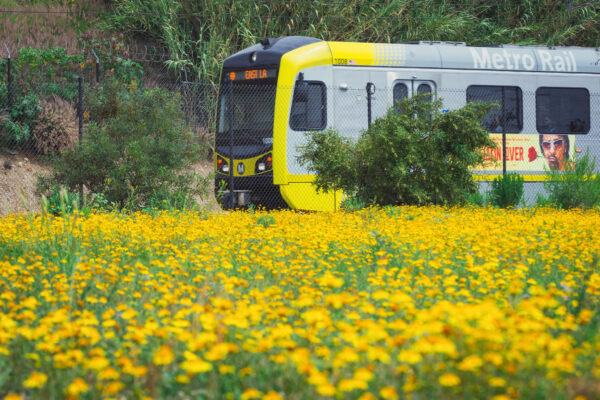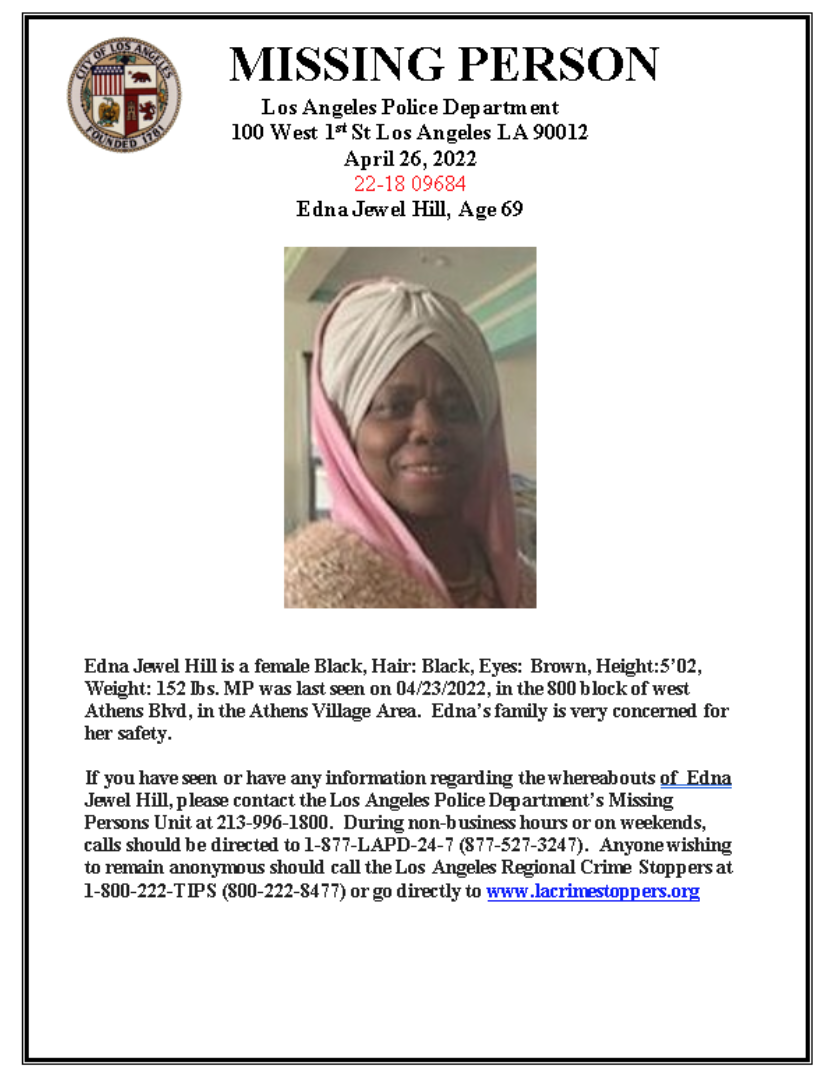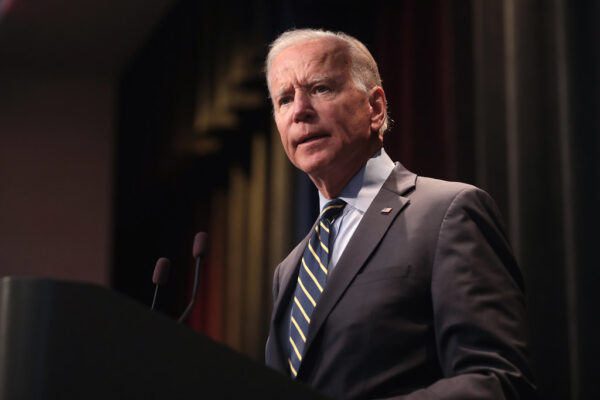A nearly $18 million one-year pilot program was announced Tuesday to increase transit options in South Los Angeles and subsidize Metro fares for 2,000 of the area’s residents, in an effort to improve mobility for a community that has historically lacked such options.
The Universal Basic Mobility Pilot — funded through money from the state and city — will bring e-bikes, shared electric vehicles and on-demand electric shuttle service to South Los Angeles. The Los Angeles Department of Transportation said it is one of the largest programs of its kind in the United States.
“Mobility is essential to opportunity. That is what drives LADOT’s commitment to provide Universal Basic Mobility for Angelenos,” LADOT General Manager Seleta Reynolds said. “As a city, we must prioritize equal access to dignified, reliable, safe, and affordable transportation that serves residents’ needs regardless of income. This initiative helps empower South LA communities and lay the foundation for a concerted, citywide effort to achieve Universal Basic Mobility.”
The pilot is focused on an area of South Los Angeles identified as having a high proportion of households that live below the poverty line and rely on public transportation. The zone is bounded by the Santa Monica (10) Freeway to the north, Florence Avenue to the south, South Alameda Street to the east and Crenshaw Boulevard to the west.
“For my constituents, mobility is essential to survival, an avenue to opportunities,” said Councilman Curren Price, who represents several neighborhoods included in the pilot. “Without the right transportation, our neighbors cannot access basic needs. Accessible, affordable, safe and sustainable transportation should never be considered a privilege. UBM will serve as a vehicle to ensure that no one is left behind while addressing climate change simultaneously. Transportation is not only the foundation of healthy communities, it is a human right.”
The LADOT will deploy 250 e-bikes, provide free shuttle service, increase the Blue LA electric vehicle carshare with an additional 100 vehicles in the pilot zone, install 16 electric vehicle charging stations at four libraries, 75 charging stations at Department of Recreation and Parks facilities and two direct current fast charger hubs.
The program will also invest $1 million to complete the Rail to Rail project, install safe streets infrastructure and provide workforce training on electric charging stations and electric bikes for 30 people.
Katrina VanderWoude, president of Los Angeles Trade-Technical College, said the program will help students in the college’s Electric Vehicle Certificate Program “participate in internships with local dealership and repair facilities where they will gain real-life experience in electric vehicle maintenance and repair.”
As part of the push to increase access to the city and county’s current public transportation options, both Metro and the LADOT will provide $150 per month for transit fares to 2,000 people who live in the pilot area.
“We are privileged to partner with LADOT and other community partners to bring this mobility wallet solution to South L.A. residents,” Metro CEO Stephanie Wiggins said. “This is a first-of-its kind pilot for these residents and it will make it easier for them to get to jobs, run errands, shop and travel throughout our county. This pilot also advances our agency’s own mission to provide high-quality mobility options and positively impact communities with equitable and inclusive solutions.”







